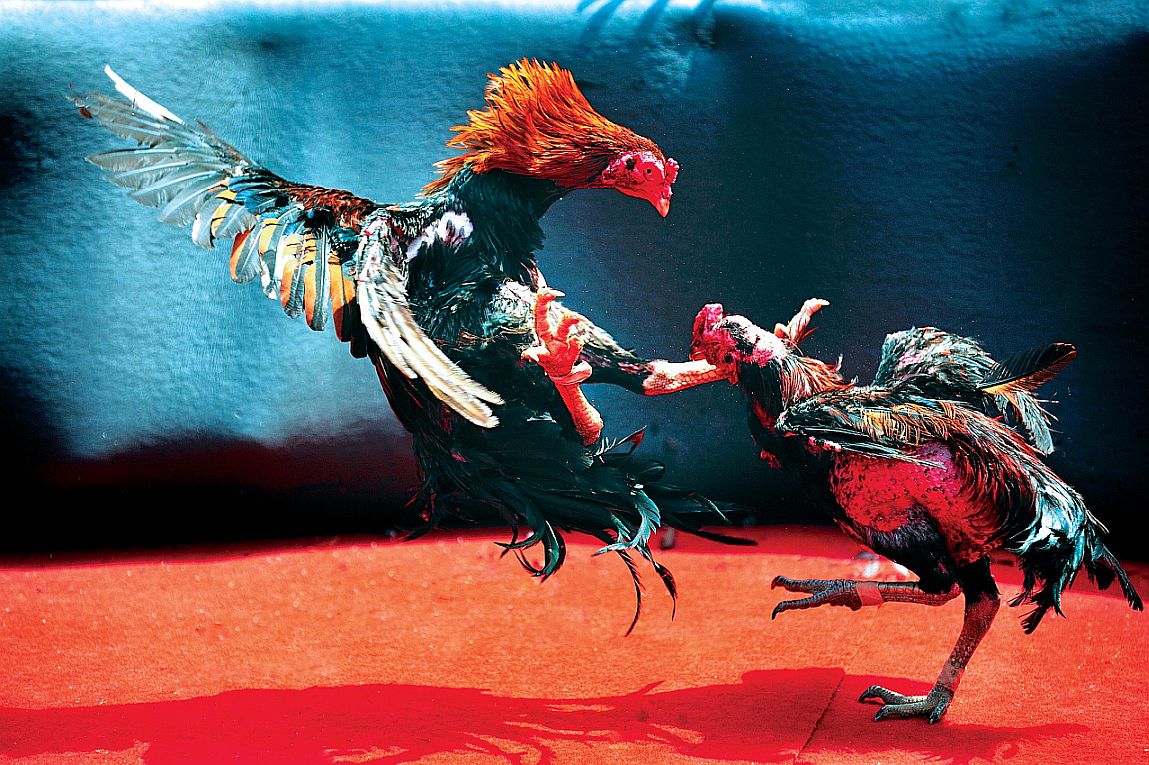From Backyard to Stadium: The Transformation of Gamefowl Fighting

Cockfighting has a rich and controversial history that spans centuries and continents. Originating in old civilizations, this practice has developed from informal backyard gatherings to organized events in large stadiums, attracting both fervent supporters and vehement critics. At its heart, cockfighting involves the display of two roosters, raised and trained for combat, pitted against each other in a fight that tests their strength, agility, and fighting spirit. This age-old tradition reflects deep cultural roots, often linked to themes of bravery, honor, and rivalry. xổ số rr88
As we explore the journey of cockfighting, we will delve into its evolution over the years, looking into how it has adapted to societal changes and legal challenges. In some areas, it remains a cherished cultural event, featuring intricate ceremonies and enthusiastic audiences, while in others, it confronts opposition amid growing concerns for animal rights and welfare. Understanding this evolution provides insight into the complexities of cultural practices and the ongoing debate surrounding the moral implications of sports involving animals.
Historical Origins of Cockfighting
Cockfighting has origins that extend back thousands of time, with evidence suggesting that it emerged in historic cultures such as the Indian subcontinent and ancient Persia. Documented records indicate that the practice was not just a form of amusement but also a means of status and farming heritage. The activity quickly spread across various cultures, each adding its distinct customs and regulations, leading to the widespread acceptance of cockfighting as a competitive sport.
In ancient Greece, cockfighting was linked with ceremonial ceremonies and honored for its intense nature and strategic approach. It was depicted in visual art and written works, showcasing the importance of the activity within that society. The Roman Empire adopted the practice, further spreading it as they grew their territory. Cockfighting became an integral part of Roman entertainment, often held in coliseums and viewed as a display of both ability and bravery.
As the centuries progressed, cockfighting found its way to various continents, including Europe and the Americas. Settlers brought the practice with them, leading to the establishment of cockfighting pits in various societies. It transformed to reflect regional traditions, and in many regions, it became a community happening that drew big crowds, establishing its place in the cultural context of numerous communities throughout time.
Societal Significance and Traditions
Cockfighting has long been stitched into the tapestry of many societies around the world. It serves as an important communal activity that brings communities together, often held during celebrations and public celebrations. The practice can be seen as a source of leisure that builds camaraderie and a sense of identity among participants and onlookers alike. In various societies, the traditions surrounding the events are deeply rooted in tradition, often accompanied by specific customs, music, and cuisine, further enhancing the communal experience.
In parallel to its social aspects, cockfighting is often linked with local economic practices. Enthusiasts invest significant amounts of effort and money into breeding and preparing their birds, viewing these efforts not just as hobbies but as dedicated pursuits. This investment contributes to a local market that thrives on the sale of birds, goods, and wagering. The sport's economic impact can be significant, especially in regions where it garners widespread popularity, resulting in diverse ancillary enterprises flourishing around the main event.
Moreover, cockfighting has sometimes been a source of controversy, particularly regarding animal welfare concerns. Despite the controversy surrounding its moral implications, many supporters argue that the relationships formed between handlers and their birds showcase compassion and commitment. This relationship is often depicted in the training that includes nurturing and preparing the birds for competition. Such perspectives demonstrate how cockfighting is more than merely a spectacle; it represents a intricate interplay of culture, economy, and ethical considerations that vary widely across various communities.
Legal and Moral Controversies
Cockfighting has long been a topic of heated legal and ethical discussions. In many countries, the activity is illegal due to animal rights concerns, as it often results in serious harm or death for the animals involved. The handling of the birds as mere commodities for entertainment raises significant ethical concerns. Advocates for animal protection argue that all forms of animal-based fighting should be outlawed, citing the suffering inflicted upon the birds and the mental effects related to such activities on human participants and spectators.
Despite the increasing acknowledgment of these moral concerns, cockfighting remains prevalent in some areas, often functioning in a lawful gray area or under cultural defenses. Proponents argue for its societal significance, suggesting that it is a time-honored custom that fosters community and social engagement. In places where it is explicitly prohibited, clandestine fights can be lucrative, leading to debates on the efficacy of legal action in limiting the activity and the societal elements that support its popularity.
The legal framework surrounding cockfighting continues to evolve, with increasing lawmaking efforts aimed at prohibiting the activity. Some areas have taken measures to implement harsher penalties and raise public knowledge about animal abuse. However, challenges remain in balancing respect for cultural traditions with the pressing need for animal welfare improvements. As discourse around morality and law advances, the future of cockfighting hangs in the fate, reflecting broader societal values regarding our care of living beings.
